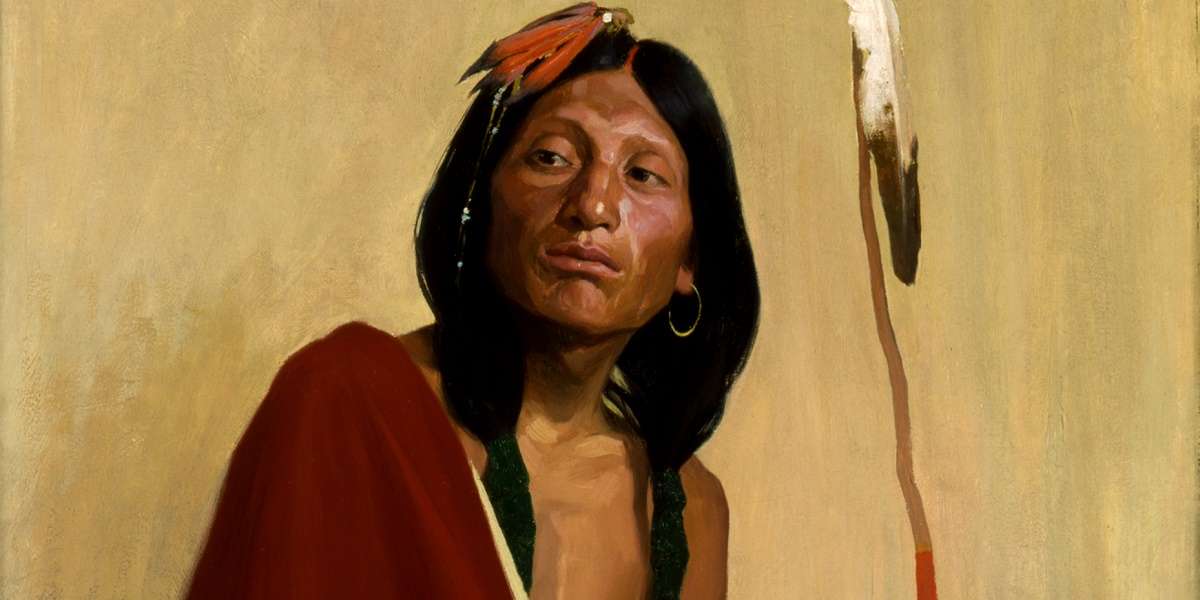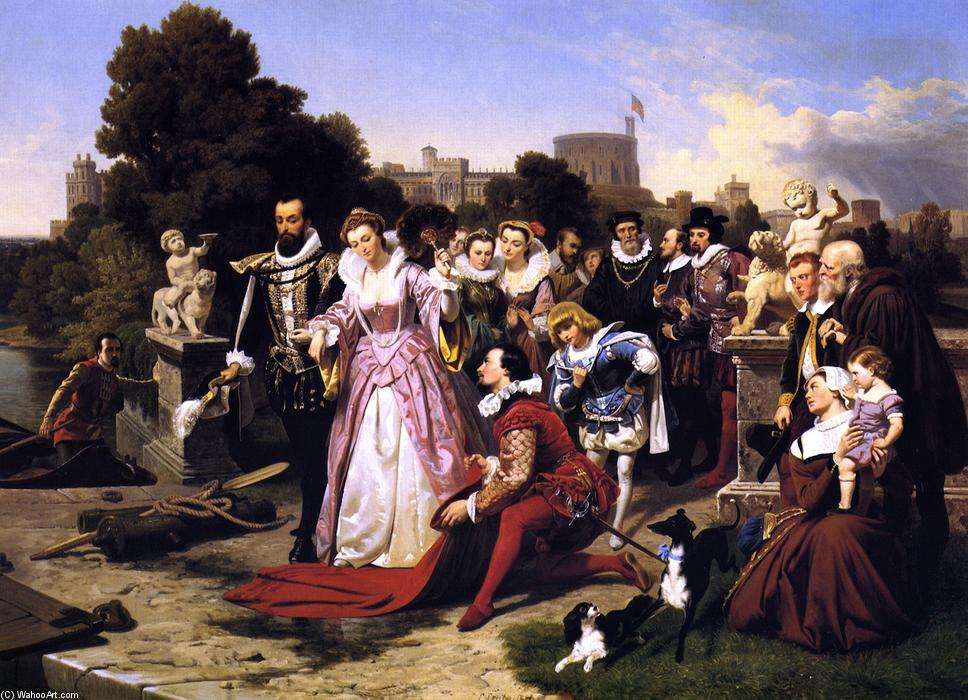In A Nutshell
During the 1500s, Spanish explorers enslaved the Pueblo people in the American Southwest and tried to destroy their religious practices. In 1680, the Pueblos organized the first revolution against a foreign colonial power on American soil. Under the leadership of medicine man Po’Pay, they successfully drove the Spaniards out of Pueblo territory in a surprise attack. However, Po’Pay soon began to act like a dictator himself and the Pueblo alliance fractured without the peace and prosperity the tribes had sought.
The Whole Bushel
“Pueblo” means “town” in Spanish. When Spanish explorer Francisco Vasquez de Coronado saw the adobe homes of the Native American tribes in the territory that would later become New Mexico, he decided to call both the homes and their residents “Pueblos.” In the 1500s, the Pueblos were actually a group of tribes that included the Acoma, Hopi, Taos, and Zuni.
They were peaceful tribes, quite advanced and artistic. Their religions included a number of gods having to do with nature or the skies. However, there were some variations between the tribes in religion, traditions, and spoken languages.
During the 1500s, Spanish explorers enslaved the Pueblos and tried to destroy their religious practices. The Spanish conquistadors were mainly interested in finding minerals like gold and silver to make them wealthy while the Franciscan missionaries who accompanied them were intent on converting the Pueblos to Christianity.
In a battle between the Acoma and the Spaniards in 1599, Spanish conquistador Juan de Onate lost 12 men while killing hundreds of the Acoma. To further retaliate, Onate ordered his soldiers to mutilate every Acoma man over 24 years old by cutting off one of their feet. Boys and younger men were also punished with 20 years of hard labor.
The Spanish government eventually disciplined Onate for his atrocities, but the Spaniards continued to abuse the Pueblos. They were required to give crops and other supplies to the Spanish and work for free in Spanish homes. But the biggest source of contention was religion. The Pueblos were forced to either convert to Christianity and build missions or flee and live as refugees. The Spaniards obliterated all symbols of tribal worship, including kivas, the underground rooms that Pueblos used for religious rituals. To suppress their religion was considered to be a threat to the Pueblos’ livelihood.
Tensions were compounded by drought, famine, and epidemics introduced into the Native American communities by the Europeans. In 1675, the tipping point came when 47 medicine men were arrested for witchcraft and publicly whipped by the Spaniards. Four of the medicine men were hanged.
That inspired one of the survivors, Po’Pay, to lead a rebellion. Little is known about Po’Pay before 1675. He was a Tewa from the San Juan Pueblo who became a medicine man, the wisest man in his tribe. He was also successful at uniting the different tribes against the Spaniards. That wasn’t an easy task because the tribes spoke different languages and were scattered across a 650-kilometer (400 mi) stretch of land. The Spaniards denied the Pueblos horses and guns, so the natives ran the distance they needed to cover.
Each runner went to a different pueblo with a strip of deerskin tied in knots. The Pueblos were to untie one knot each morning. When the last knot was untied, the revolution would begin. It was the first revolution against a foreign colonial power on American soil. However, some warned the Spaniards of the coming revolt.
To keep the element of surprise, the Pueblos launched their attacks a day early on August 10, 1680. They successfully drove the Spaniards out of their territory. Po’Pay took over as governor of the Pueblos, but he soon began to act like a dictator himself. Combined with the continuing drought and famine, the Pueblo alliance fractured without the peace and prosperity the tribes had sought. In 1692, four years after Po’Pay died, Spaniard Diego de Vargas and his men conquered Santa Fe once again.
Show Me The Proof
Featured photo credit: E. Irving Couse
Tribal Directory: Pueblo Indians
Library of Congress: 1680—the Pueblo Revolt
New Mexico History: Pope










